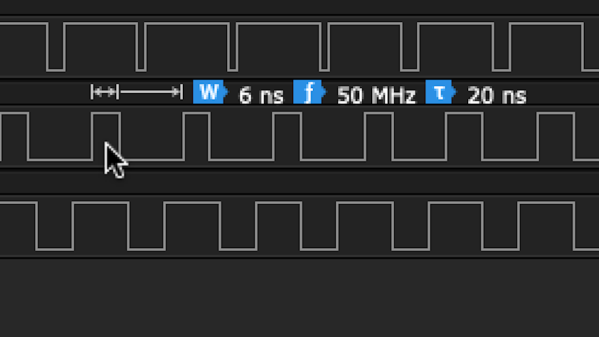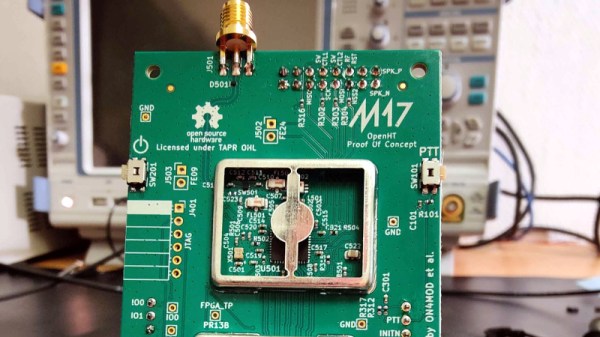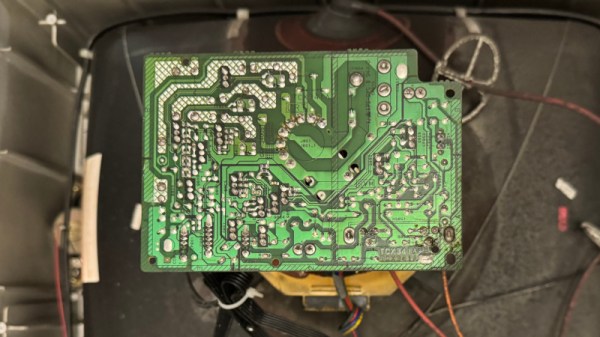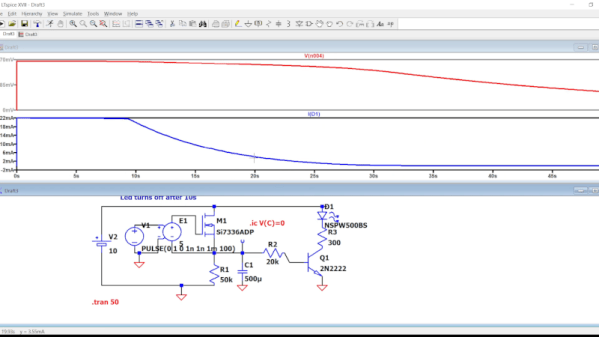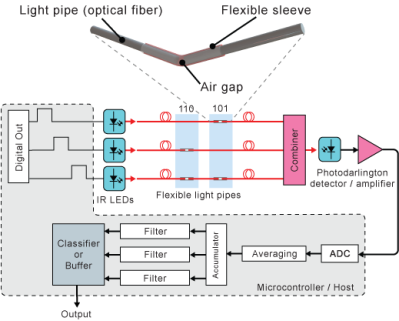When there’s a new technology, there’s always a slew of people who want to educate you about it. Some want to teach you to use their tools, some want you to pay for training, and others will use free training to entice you to buy further training. Since AI is the new hot buzzword, there are plenty of free classes from reputable sources. The nice thing about a free class is that if you find it isn’t doing it for you, there’s no penalty to just quit.
We noticed NVIDIA — one of the companies that has most profited from the AI boom — has some courses (not all free, though). Generative AI Explained, and Augment your LLM Using Retrieval Augmented Generation caught our eye. There’s also Building a Brain in 10 Minutes, and Introduction to Physics-informed Machine Learning with Modulus. These are all quite short, though.
Continue reading “A Slew Of AI Courses To Get Yourself Up To Speed”


